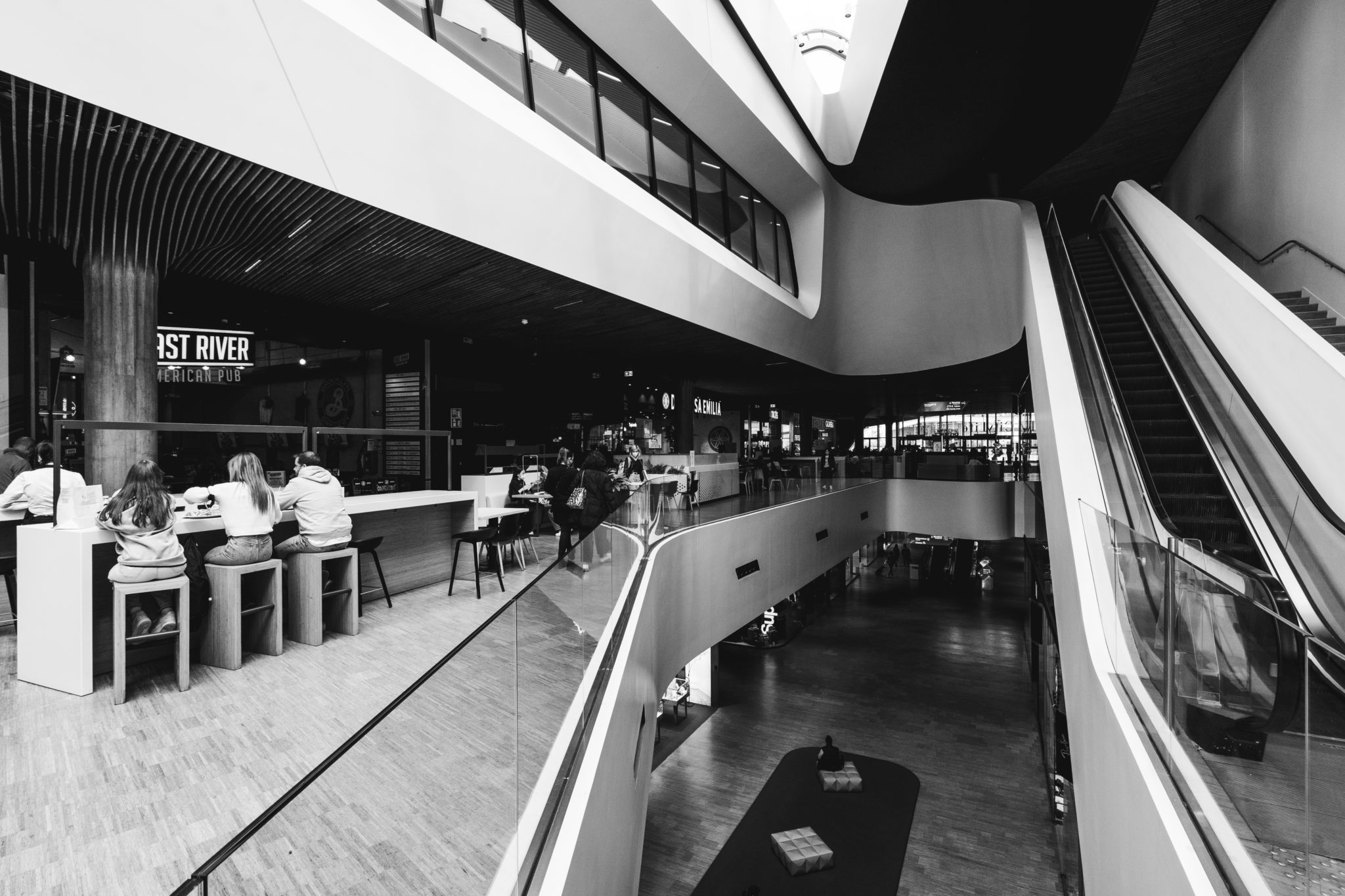More and more clothing brands have realised how important it is to become climate neutral, both at the company and the product level. Most big players in the fashion industry have published their own ambitious environmental goals. Paths taken include developing sustainable materials, reducing chemicals and pesticides, and more efficient processes to reduce water and electricity consumption. This development is urgently needed as the fashion industry is one of the biggest polluters of all. It is estimated to cause 10 per cent of global CO₂ emissions. It is also responsible for about ten per cent of industrial water use worldwide. For example, the production of one pair of jeans requires a global average of around 8,000 litres of water.
One of the big problems is « fast fashion », low-priced fashion with rapidly changing collections that often ends up in the rubbish after a short time in the wardrobe. There are no exact figures on how much clothing has to be discarded or destroyed. Experts estimate that around 92 million tonnes of fashion waste are generated worldwide each year. The 2020 « Fashion on Climate » report published by the Global Fashion Agenda and McKinsey states that a 61 per cent reduction in emissions would be possible by reducing CO₂ in material production and processing and by minimising production and manufacturing waste in clothing production. This is equivalent to about 1 billion tonnes per year.
Alarming figures! Fortunately, we can see that customer behaviour and attitudes have changed significantly. Acceptance of sustainability has grown enormously and the pandemic has also led to a notable shift in values. Many people are now less interested in buying an increasing number of items and are instead focusing on making better, more sustainable purchases. In addition, consumers are increasingly interested in where the products they buy come from, what they are made of and under what working conditions they are produced. This is also confirmed by a study by the market research company YouGov. Forty-two per cent of the those surveyed across Europe find it important to buy ethically and sustainably produced clothing. Aspects that play a particular role are sustainable fabrics and materials, the use of fewer or no chemicals and cruelty-free labels. However, many consumers find the clothes too expensive and complain about the lack of transparency, because it is often unclear exactly which environmentally friendly criteria are met and it is difficult to identify environmentally friendly brands. The balancing act between sustainability across all stages of the value chain – raw materials, production, logistics – and prices that customers are willing to accept is a major challenge for textile manufacturing companies and retailers.
In the financial sector, ESG criteria offer investors guidance on sustainable investments. I am convinced that this model can be easily transferred to other industries, will gain in relevance and can be a guide for responsible shopping for consumers. The three letters stand for environment, social and governance: three sustainability-related areas of responsibility for companies. Criteria that play a role here include resource scarcity, carbon footprint, biodiversity, human rights, health protection, corporate values, social commitment and diversity. What is also interesting about this is that start-ups with a distinctive sustainability profile are valued 16 per cent higher on average by investors.
What this means for brick-and-mortar retail is that new directions and concepts are required. Products, merchandise control and volume planning must be better tailored to demand. Ordering fewer goods and selling them off instead is a first step. You might need to abandon segments of the market that no longer fulfil customers’ requirements and sales expectations in order to create space for something new that is environmentally and socially compatible, but also commercially promising. In the YouGov survey mentioned above, respondents state that it is often difficult to even identify environmentally friendly brands. Take the opportunity to make your customers aware of sustainable fashion labels in your shop and provide them with information about them. Think outside the box and become part of a better world.
